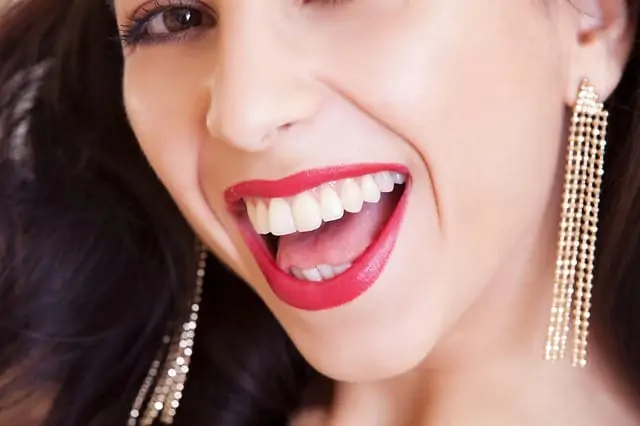What can you expect of the baby teeth schedule as your child grows older? The first permanent teeth to come in are usually either the lower central incisors or the 1st permanent molars (6 year molars) at age 6. The baby molars are actually replaced by teeth called premolars (also known as bicuspids). The permanent molars do not replace baby teeth but begin erupting behind the baby molars. On the top and bottom each a full set of permanent teeth is made up of 4 incisors, 2 canines (the sharp, pointy eye teeth), 4 premolars, and 6 molars. Each side on the top and bottom has 3 sets of molars. A full adult dentition is made up of 32 teeth, 16 on the top and 16 on the bottom. The third molars are referred to as wisdom teeth. Most people don’t have enough room for the wisdom teeth and as a result they usually have to be removed.
Baby teeth and adult teeth are living tissues. They have several layers as well as a dental pulp that contains nerves and blood vessels. The outer layer of the tooth is called the enamel and is the hard protective layer. The layer below the enamel is the dentin. This layer contains the nerve endings that can cause a tooth to be sensitive. The most internal portion of the tooth is the pulp that contains nerves and blood vessels. The root of the tooth has a canal called the root canal that contains blood vessels and nerves that run all the way up the root into the pulp. The tooth root is encased in the jaw bone and holds the tooth in place. When a baby tooth is lost it is because the root of the baby tooth was resorbed and basically disintegrated. Even though baby teeth usually don’t have any roots on them by the time they are lost they do have roots on them while they are still in the mouth!
When seeking the best Raleigh pediatric dentist, contact Triangle Pediatric Dentistry today. We have a kid dentistry team that will assist your children through the process of losing their baby teeth and growing their adult teeth.
